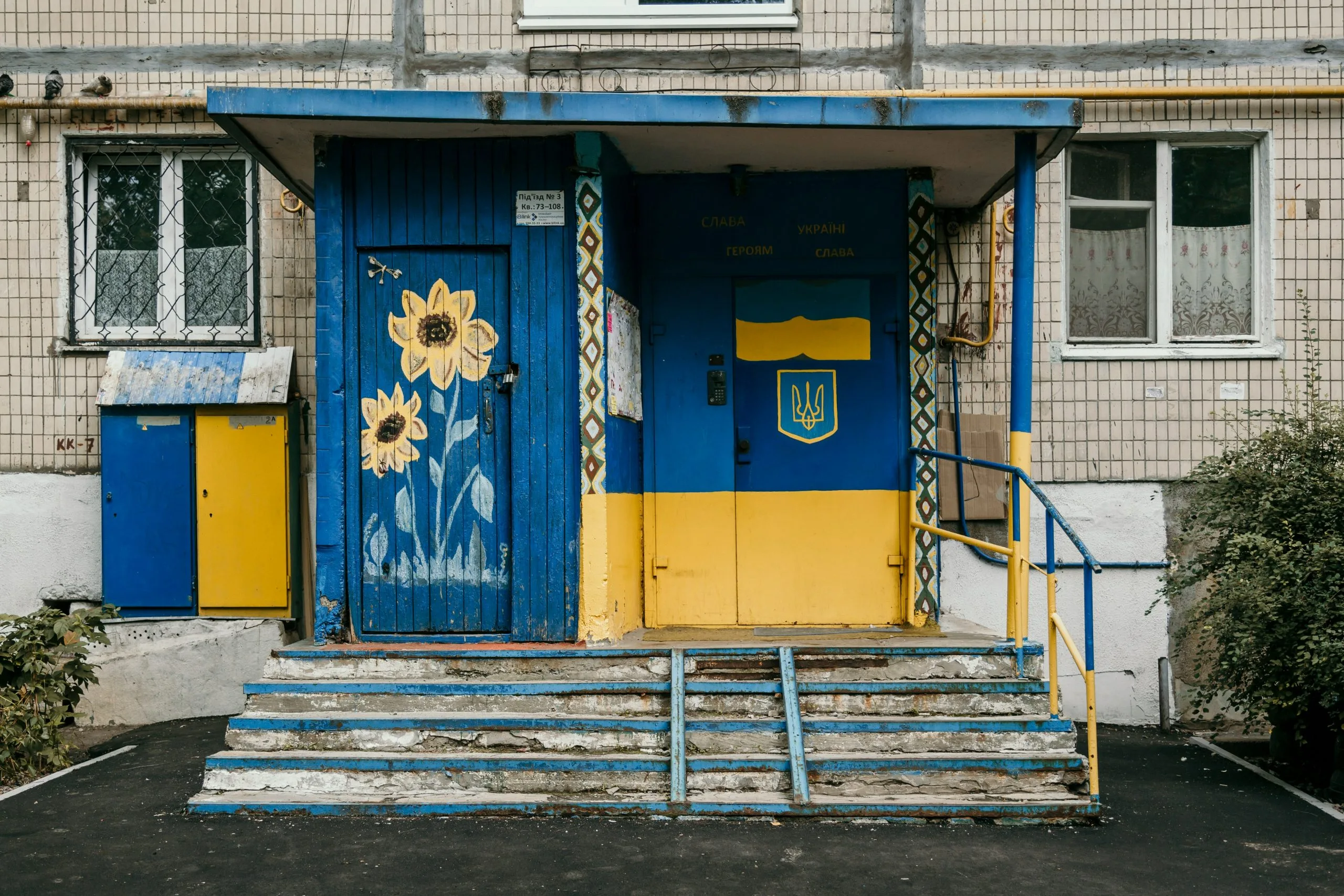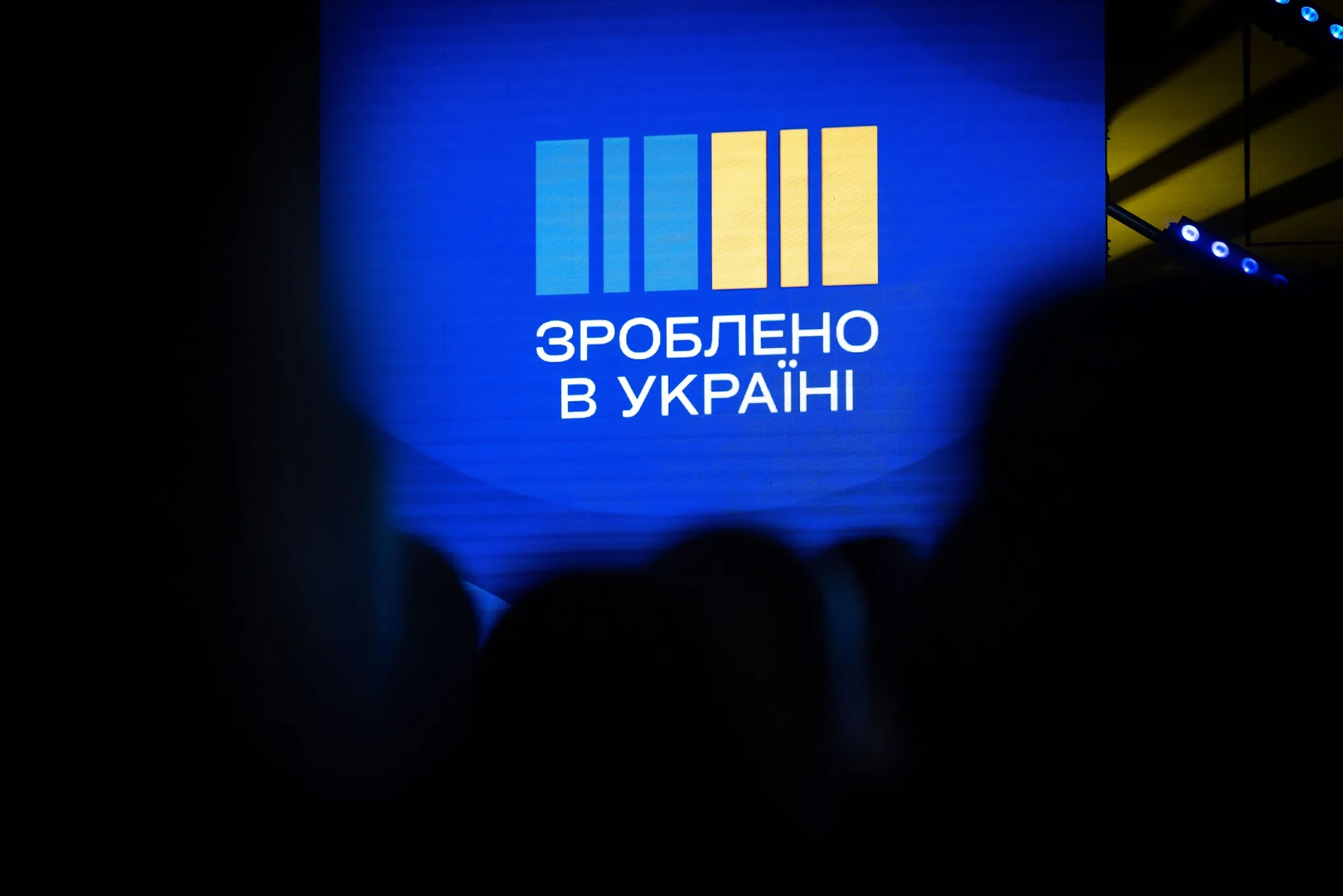A new World Bank report released last week lays out pathways for countries in the emerging Europe and Central Asia region to make the shift towards renewable energy and reduce their fossil fuel dependence, highlighting the intertwined benefits of the transition for energy security, sustainable growth, and affordability.
The report, Net Zero Energy by 2060: Charting Europe and Central Asia’s Journey Toward Sustainable Energy Futures, provides a unique analysis that can help governments in the emerging Europe and Central Asia region prioritise policies and investments necessary to shift their energy systems away from fossil fuels by 2060, which is crucial for keeping global temperature rise below 2°C.
“This report is being released at a particularly alarming moment following the biggest supply shock ever experienced in gas markets, and an increasing rise in global temperatures, which has exceeded 1.5°C compared to historical averages for an entire year,” says Charles Cormier, World Bank Regional Director for Infrastructure in Europe and Central Asia.
“Our analysis provides countries in the Europe and Central Asia region with least-cost pathways towards fulfilling global commitments made at COP28. Our modelling shows that the region can increase its share of clean energy from nine per cent today to 75 per cent by 2060. This will only be possible with binding national commitments, targeted measures and investments.”
Only nine countries in the region set national net zero targets, with just five of them—Armenia, Bulgaria, Croatia, Kyrgyzstan, and Romania—aiming for 2050. Other countries are yet to set national net zero commitments.
Time to end fossil fuel subsidies
According to the report, in order to achieve net zero by 2060, power systems across the region will need to emit zero net emissions by 2040, commercial buildings by 2050, and residential buildings by 2055.
The sectors which are harder to abate—industry and transport—will still likely rely on carbon removal technologies (such as carbon capture and storage (CCS)) for their decarbonisation even in 2060.
An important finding is that gas consumption in the region may have already peaked and could decline to 16 per cent share of the primary energy supply in the World Bank’s Net Zero scenario, while oil use could peak by 2035. The report concludes that the region could end its coal dependency, phasing out 90 per cent of lignite power plants by 2040, but the phaseout is stalled by pervasive and poorly targeted subsidies.
The World Bank warns that continuing fossil fuel subsidies, which in parts of this region are some of the highest in the world, can undermine the region’s energy security, impede progress toward sustainability, encourage wasteful consumption and divert funds from essential investments in energy efficiency and renewable sources.
‘Every country has potential’
Achieving the ambitious Net Zero Energy 2060 target requires an investment of 4.7 trillion US dollars
(3.9 per cent regional GDP), most of which will come from the private sector. The additional investment needed for the transition amounts to 872 billion US dollars, in comparison with the fossil fuel path.
“The region is well endowed in natural resources, and each country has the potential to significantly increase investments in domestic sources of renewable energy—whether solar, wind, geothermal, bio energy or green hydrogen, which will contribute to energy security,” says Stephanie Gil, Practice Manager for Europe and Central Asia in the World Bank’s Energy and Extractives Global Practice.
“This report not only charts a course for achieving this vision but also demonstrates the tangible
benefits and job creation potential inherent in the transition.”
While globally fossil fuel-related jobs continue to drop, the report estimates that the energy transition could lead to a substantial rise in employment in renewable energy generation in the region: from around 200,000 today to over 900,000 by 2040—mainly in installation, operation, and maintenance.
The report emphasises the untapped potential for solar and wind electricity generation in the region. Despite the increase from 2.4 per cent in 2010 to just over 10 per cent today, renewable sources remain underutilised.
Scaling up these resources is identified as the primary strategy for diversifying the energy mix and ensuring a more secure and resilient energy system. New and less mature technologies like hydrogen production and use, and carbon removal will need to advance significantly, with the help of subsidies and higher carbon prices.
Photo by Pavol Svantner on Unsplash.







